Personalized metal...
What are the commonly used materials for drug storage boxes
What are the commonly used materials for medicine storage boxes? I believe many friends want to know. For this reason, I have compiled and sorted out the relevant content about the commonly used medicine storage box packaging materials for everyone, and I hope it will be helpful to everyone.
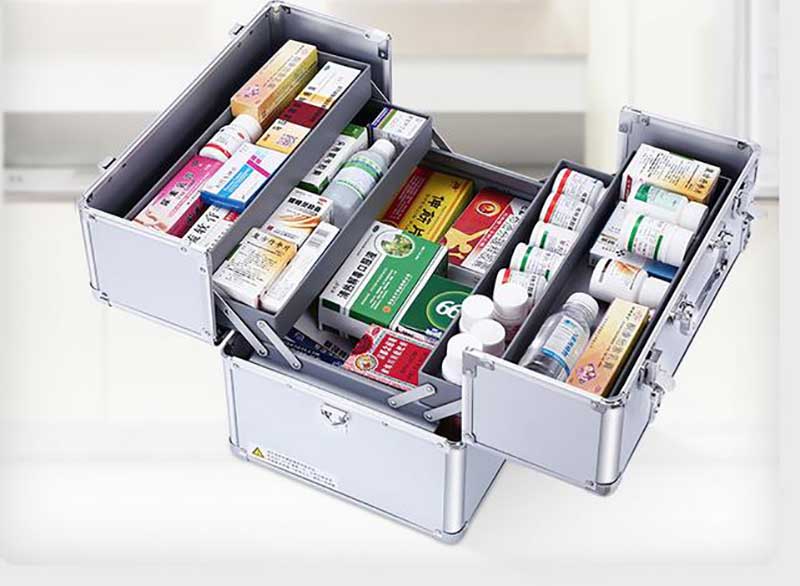
1. Glass: Glass has the advantages of moisture proof, easy sealing, transparency and relatively stable chemical properties, but glass also has many disadvantages, such as heavier, fragile, and can also release alkaline substances and insoluble desorption due to the erosion of aqueous solutions. piece. In order to ensure the quality of medicines, the Pharmacopoeia stipulates that ampoules and large infusion bottles must be made of hard neutral glass, and containers made of brown glass should be used when holding medicines that are perishable when exposed to light.
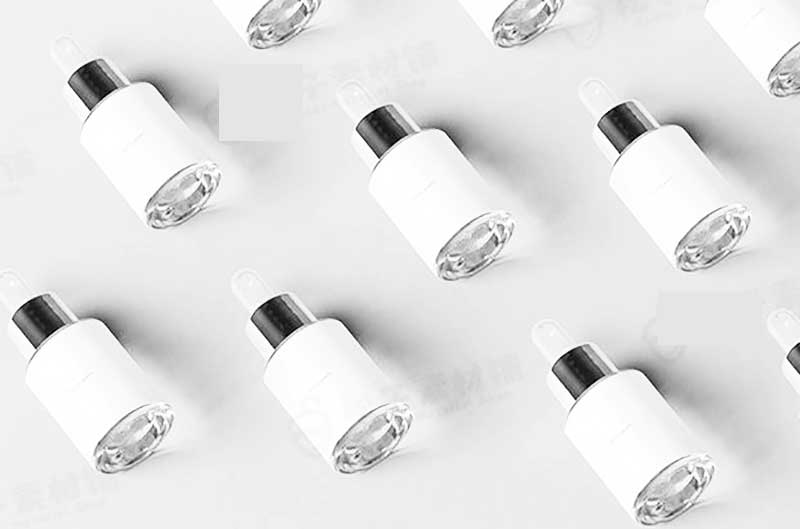
2. Plastic: Plastic has the advantages of firm packaging, easy sealing, bright color, transparent and beautiful, light weight, easy to carry, and low price. However, because plastics often add additives such as plasticizers, stabilizers, etc. in the production, these additives may chemically react with the drugs when they directly contact the drugs, resulting in changes in the quality of the drugs. Plastics also have shortcomings such as air permeability, light transmission, and easy adsorption. These shortcomings can accelerate the rate of oxidative deterioration of the medicine and cause the deterioration of the medicine.
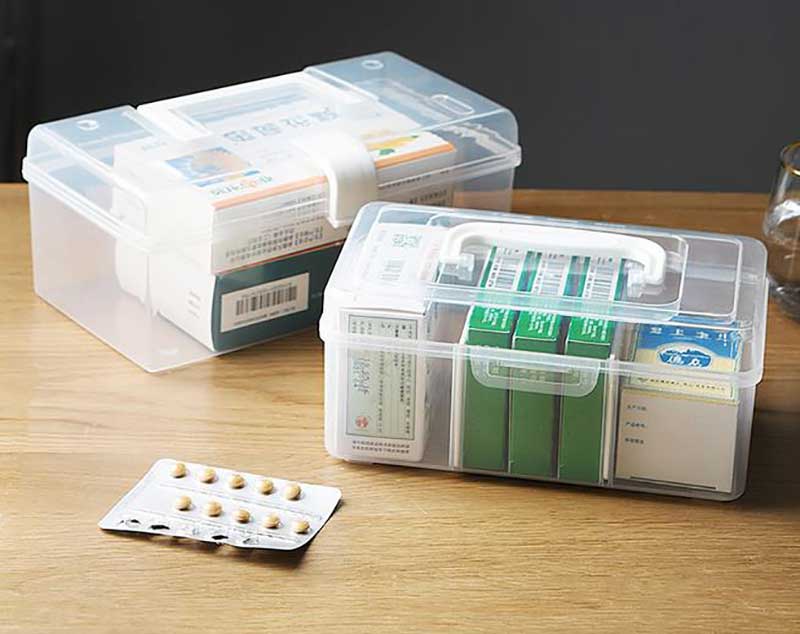
3. Paper products: Paper products have a wide range of sources, low cost, and have certain moisture-proof performance after being painted with moisture-proof coatings. The packaging volume can be manufactured according to needs. It has the value of recycling and is one of the most widely used packaging materials today. . Disadvantages: low strength and easy to deform.
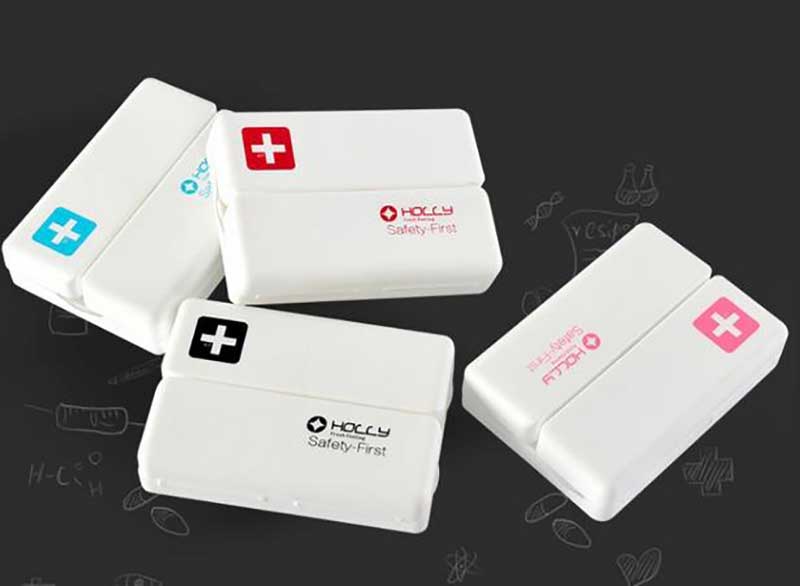
4. Metal box: Iron sheet, galvanized iron sheet, tin-plated iron, aluminum foil, etc. are commonly used. This type of packaging has good pressure resistance, sealing and performance, but the production cost is relatively high. In the packaging industry, metal packaging is an important component, and its output value accounts for about 10% of the total output value of the packaging industry. Mainly provide packaging services for pharmaceuticals, food, canned food, beverages, oils, chemicals, medicine, stationery, cosmetics and other industries.
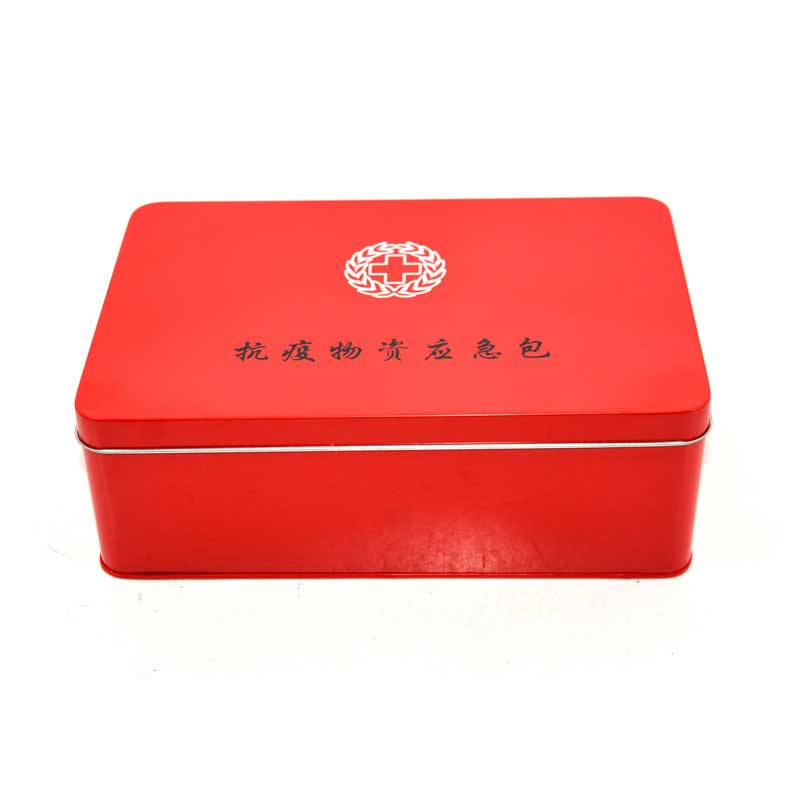
advantage:
①Good mechanical properties: The metal packaging container is made of strong material, not easy to deform, and can withstand collision and stacking.
②Good barrier performance: metal packaging can effectively isolate air and water vapor. It also has good light-shielding properties. Therefore, the packaged medicines can be better protected, and metal packaging cans are often used for medicines, tea, dried fruits, etc.
③ Good thermal conductivity: Canned food is easy to heat directly and can also be cooled quickly.
④Good ductility, good ductility of metal, and excellent endurance to complex processing technology.
⑤ Easy to use and beautiful. Metal containers generally have a beautiful metallic luster and also have excellent printing bearing capacity. Many beverage bottles and beverage cans are beautiful in appearance and easy to carry.
⑥ Hygiene and safety: The metal packaging is in full compliance. Hygiene and safety requirements for pharmaceutical containers.
⑦Easy to recycle: In general, metal containers can be recycled after being used up. It not only recycles resources, saves energy, but also eliminates environmental pollution. Even if the metal is corroded and scattered in the soil, it will not cause adverse effects on the environment.
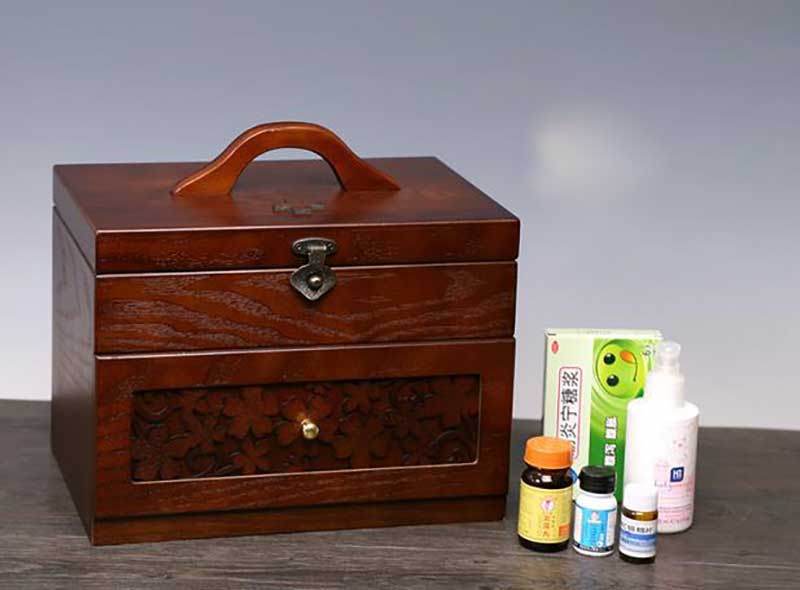
5. Wood: It has pressure resistance and is a commonly used outer packaging material. Due to the consumption of forest resources, it is gradually replaced by materials such as paper and plastic.
6. Composite materials: Composite materials are a newcomer among packaging materials. They are packaging materials made of plastic, paper, aluminum foil and other multi-layer composites. Commonly used are paper-plastic composite materials, aluminum foil-polyethylene composite materials, aluminum foil-polyester vinyl and so on. These composite materials have good mechanical strength, bio-corrosion resistance, vacuum retention performance and compression resistance performance.
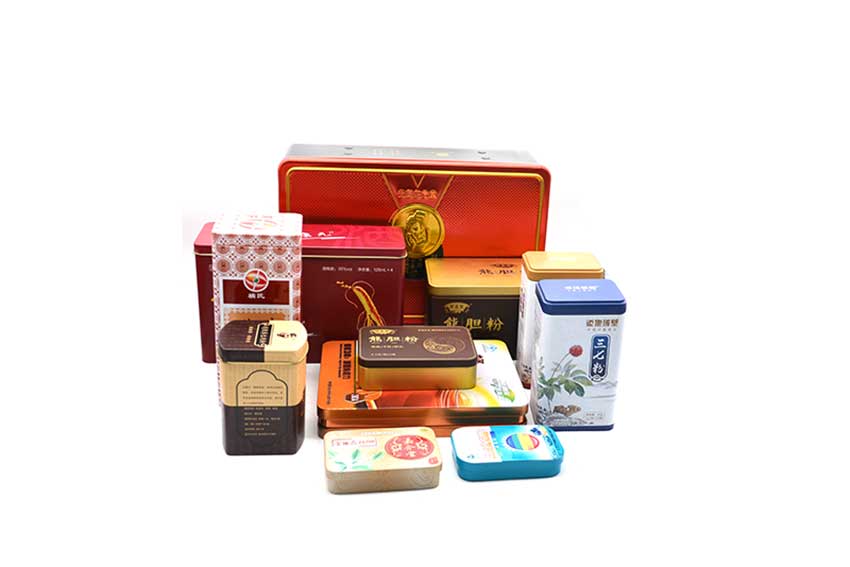
7. Rubber products: mainly used for various stoppers of bottled medicines. Because of direct contact with medicines, very good biochemical stability and excellent sealing are required to ensure that no air or moisture enters during the validity period. And spoiled.
From the perspective of development trend, pharmaceutical packaging materials are developing in the direction of replacing plastic with tin-plated iron, replacing paper with plastic, or using paper, plastic, aluminum foil and other composite materials to form various composite materials. The application of special packaging materials, such as polytetrafluoroethylene, silicone resin, polyester composite board or foamed polyurethane, is on the rise.
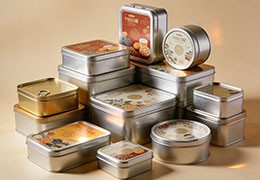
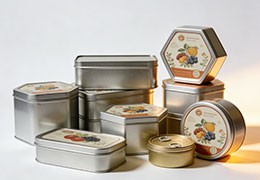
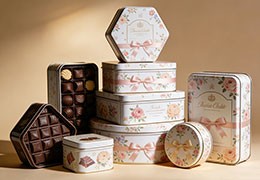

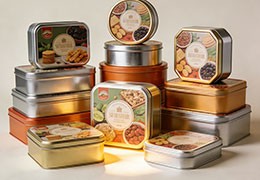
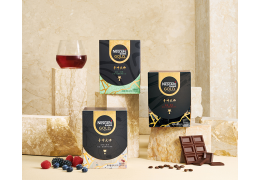
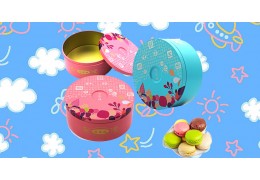
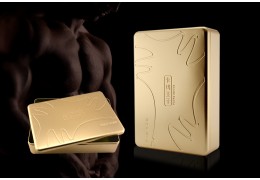

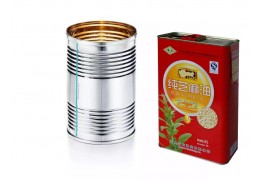

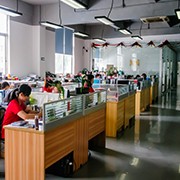

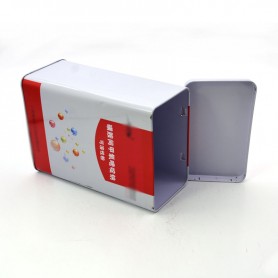

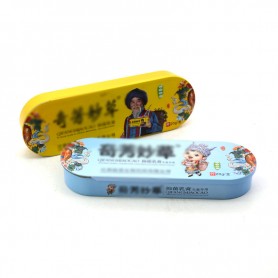
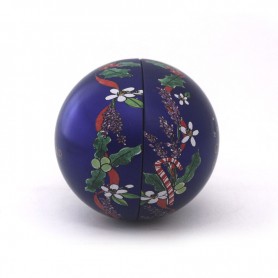

Latest comments